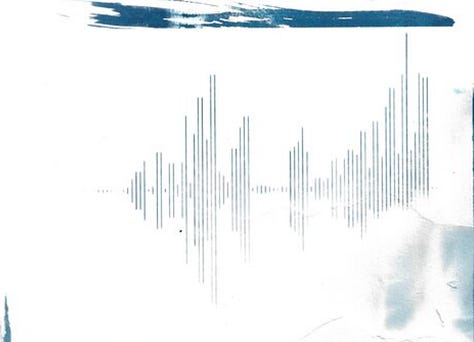Aren’t interviews a funny thing? You sit in front of strangers, either online (weird) or in person (even more weird, what with the pandemic), with a fake grin on your face, trying to appear simultaneously relaxed and confident and friendly, whilst masking the nerves and fear and desperation, all the while panicking if you’ve remembered everything you’ve researched about the company in question, praying to the universe/God/Gods/ to let this be the one that you get because you really, really really want this one and you cannot face another interview. You are spent.
I’d recently had many interviews. I applied for a role that I didn’t particularly want, but I thought it would be great practice, if nothing else. The interview took place over Zoom, so at least I didn’t have to leave the house. Though I tried to stay in the moment, I became disconnected and my mind began to wander. I noticed how I repeated certain stock phrases in each interview. “I’m keen to share ideas and learn my from colleagues”, (grin) “…it was a challenging time, but I have reflected on it and this is what I would do differently in the future…” (solemn nod) and “yes, I am flexible/approachable/can work well with others” (grin grin grin). On and on and on it went.
I began to think about what my voice sounds like. Actually, (another word I noticed I used a lot) I already know this. It’s flat, and dull and very Brummie). Then I wondered what does my voice look like. I had been thinking about fusing modern technology with the slow, almost meditative, traditional image-making techniques and this was a perfect opportunity to experiment.
I recorded an eight-minute snippet of my voice during the interview for the job I really didn’t want and used the sound wave visualisation to create a digital negative. From there, it was a hop, skip and a jump to make a cyanotype. Part of the process is to invert the image, which is easily done, but on this occasion, the image wasn’t as strong as I would have liked.



The first attempt. Drafts, as it were.
I created a second batch without the inversion, and whilst in digital processing mode, pushed the contrast and enhanced the highlights and shadows.
These were exposed in slightly overcast conditions on late Spring morning in a shadowy area. Without a test strip I had to rely on intuition to estimate exposure time. After ten minutes, the prints remained stubbornly pale, with nary a patch of cyan evident. I waited another ten minutes and at this point only the barest smudge of blue began to appear around the edges of the frame. I lost my nerve and waited another two minutes. Once I had washed the prints it was evident that around the 15 minute mark would have been ideal, as the untreated areas would have created more dynamic prints.
So now I know what my voice looks like. I’ll do these again, but tweak the digital processing to make bolder negatives, and pay more attention to exposure time.
The paper was treated a few months ago at home, in a non-light-tight closet, at night, hence the uneven application.
There’s a metaphor there, if you care to look for it.










Say funny
What a wonderful way to get something constructive out of an interview! 'Thank You' works really well.